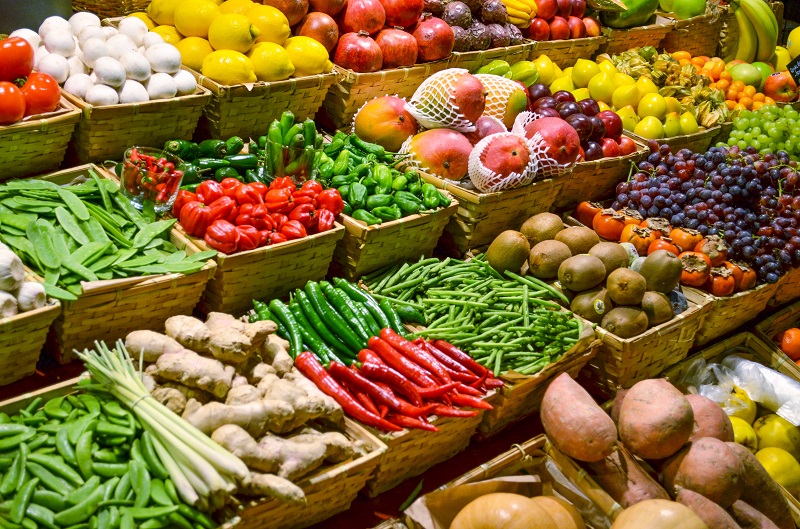Nearly Two-Thirds of Americans Live Far From Healthy Food, Some by Choice and Some Not
For many people, using a car to reach healthy food stores is a lifestyle choice. But 20 percent of the country’s non-rural population – or 47.3 million people – have both low incomes and low access to fresh food. Of the households living in food deserts, 7.9 percent don’t have access to a vehicle and must rely on public transportation or walking to reach an area with healthy food.
- Nationally, 20 percent of the non-rural population – that’s 47.3 million people – are both low income and have low access to fresh food.
- Home values in food deserts are 17.7 percent lower and rents are 10.2 percent lower than other non-rural areas.
- Of the households living in food deserts, 7.9 percent don’t have access to a vehicle and must rely on public transportation or walking to reach an area with healthy food.
When people live in the suburbs, they expect to drive – to work, to play, and to shop. For many suburbanites, living more than a half mile or even a mile from a grocery store, supercenter, or other source of healthy food like fruits, vegetables, and whole grains is not a cause for concern. It’s more of a lifestyle choice.
For people who don’t live in the suburbs – and for poor people who do – being far from healthy food can be a trickier situation.
Altogether, 62.9 percent of the U.S. population lives more than a half mile from a healthy food source – and 43 percent lives more than a mile away. Many of them have made a lifestyle choice.
However, 20 percent of the country’s non-rural population – or 47.3 million people – have both low income[1] and low access to fresh food, defined as being located a half mile or more from the nearest fresh, whole food source. In some major cities, the share is much larger: In the cities of Birmingham and Memphis, 38 percent and 35.5 percent of residents have both low incomes and low access to healthy food. Detroit and Cincinnati are only a bit better at 31.5 percent and 30.5 percent.
Cities with high population densities tend to do much better at distributing supermarkets and other sources of healthy food throughout all kinds of neighborhoods. They have a low share of populations facing both low incomes and low access to fresh food. That’s the case in New York and San Francisco, where just 1 percent and 3.1 percent of the population has both low incomes and low access.
Food deserts
Low access, low income populations are often concentrated in little clusters referred to as food deserts, which we define as areas[2] that are located more than half a mile from fresh, whole food sources and have higher than usual concentrations of poverty and low income households. Nationally, 7.9 percent of households living in food deserts don’t have access to a vehicle and must rely on public transportation or walking to reach an area with healthy food.
These kinds of food deserts tend to be located in areas with low housing costs – in part, because our definition of food deserts includes a higher concentration of low-income households. Nationally, home values in food deserts are 17.7 percent lower and rents are 10.2 percent lower than other non-rural areas.

In a few major cities, however, where low incomes are the norm, an area might appear to be a food desert compared to major metro norms – low incomes, low access to healthy food – but in fact be a high-end suburb for its similarly poorer city. The figure below shows that cities with smaller discounts, or even premiums, on housing costs in their food deserts are more likely to be places where the city as a whole and the food desert have similar poverty rates.
Related:
Methodology
Zillow Research analyzed the Food Access Research Atlas, a census tract level dataset published by the USDA, to identify and explore important socioeconomic features of food deserts relative to city averages. Median home values and rents for food deserts were built by aggregating census tract level series of the Zillow Home Value Index and Zillow Rent Index weighted by household counts.
[1] A low income individual is one who makes less than 80 percent of the metropolitan area median income.
[2] Census tracts

